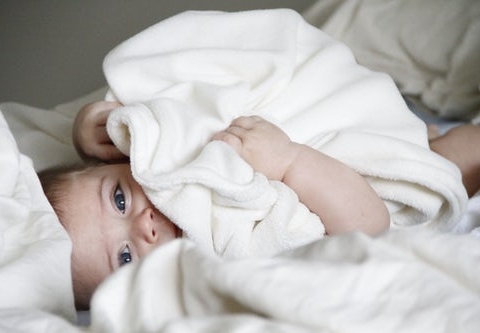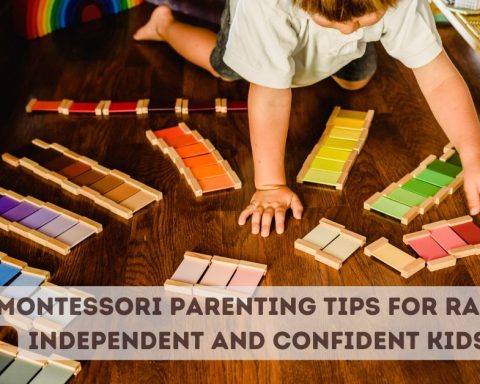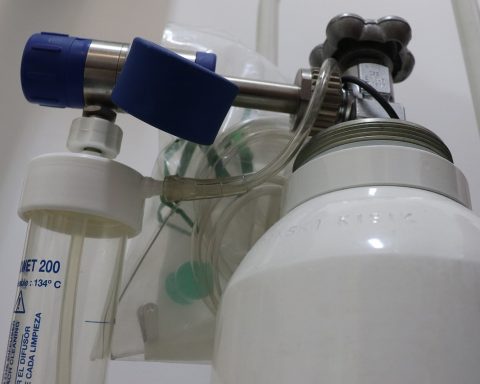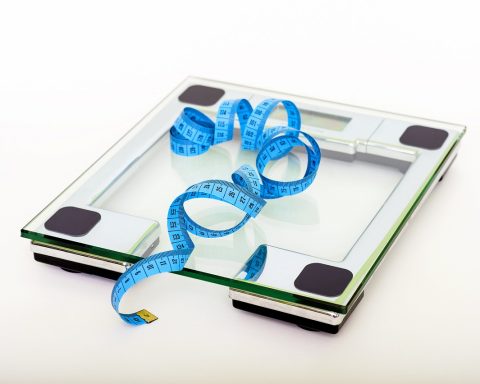A baby turning six months of age is a moment of celebration for parents. The baby has crossed the half-year mark. Responsive parenting has enabled this to happen. The baby is learning to communicate and showing interest in food that the parents are eating. He or she is slowly and steadily progressing from infancy to childhood.
According to research, “infancy and childhood are dynamic periods of growth and change. Neurodevelopmental and physical growth proceeds in a sequential and predictable pattern that is intrinsically determined.”
As the central nervous system matures, the reflexes are inhibited to allow the infant to make purposeful movements. —Pediatrics in Review
Responsive parenting helps the baby achieve milestones easily. The following developmental milestones can give parents an idea of what to expect during the next six months in their baby’s life.
Read the first part of this article here: A Guide to a Baby’s Developmental Milestones: 1 to 6 Months
Month 7 Milestones
The seven-month milestones are as follows:
- The baby responds when his or her name is called.
- The baby is able to roll over onto the tummy and the back on his or her own.
- The baby uses his or her legs to bounce when held.
- The baby is able to sit steadily with or without support.
- The baby doesn’t fall to the side when seated.
- The baby uses his or her arms for support.
- The baby is sensitive to the tone of a parent’s voice and responds. Responsive parenting helps the baby read and respond to cues.
- If the baby is drooling a lot, it is an indication that the gums are swelling and that teeth are budding in the gums. (This differs from one baby to another.) In the months that follow, the teeth will start to show one after the other.
Month 8 Milestones
The eight-month milestones are as follows:
- Your baby is ready to explore his or her surroundings and crawls everywhere. The baby’s speed will surprise you!
- Most babies are ready to say their first words (usually “Ma” or “Pa”). Through responsive parenting, babies’ vocabulary can be expanded gradually.
- The baby’s eyesight is sharper, and he or she is able to spot and follow a moving object or favorite person across the room. Responsive parenting helps the baby become more reactive.
Month 9 Milestones
The nine-month milestones are as follows:
- The baby grabs objects and edges within reach in order to stand.
- The baby develops a strong bond with a favorite toy.
- The baby loves to bang on things to make noise.
- The baby’s grip is stronger, and he or she is learning to use the thumb and index finger (i.e., the pincer grip) in order to hold, move around, throw, and pick up different objects.
- A tooth may appear.
Month 10 Milestones
The ten-month milestones are as follows:
- The baby can stand for a longer time and move around by holding a surface.
- The baby can make other sounds that resemble words.
- The baby can roll a ball and play with an adult or a peer.
- The baby can point to things and wave goodbye.
- The baby can drink water from a sippy cup.
- A tooth may appear.
Month 11 Milestones
The eleven-month milestones are as follows:
- The baby might be able to stand on his or her own for a while.
- The baby plays actively with siblings or other children.
- The baby can follow a few instructions like “Look here,” or “Come here.”
- The baby clearly understands what “no” means.
Month 12 Milestones
The twelve-month milestones are as follows:
- The baby may attempt to walk with support or, in some cases, without support.
- The baby loves to engage in noisy activities.
- The baby readily responds to others.
There are internal as well as external factors that help a baby achieve expected milestones. One research study explains, “it is important to understand that intrinsic and extrinsic forces produce individual variation, making each child’s developmental path unique.”
Intrinsic factors include a baby’s nature, physical health, well-being, and genetic makeup. On the other hand, extrinsic influences include the personalities of the parents, their parenting style, the care and nurturing provided, the influence of other family members, the surrounding environment, and culture.
Through responsive parenting, parents can provide all the extrinsic motivational factors that can help their babies achieve milestones and excel.

- Dudek-Shriber, Linda, and Susan Zelazny. “The Effects of Prone Positioning on the Quality and Acquisition of Developmental Milestones in Four-Month-Old infants.” Pediatric Physical Therapy 19, no. 1 (2007): 48–55. Retrieved from https://journals.lww.com/pedpt
- Gerber, R. Jason, Timothy Wilks, and Christine Erdie-Lalena. “Developmental Milestones: Motor Development.” Pediatrics in Review 31, no. 7 (2010): 267–276. Retrieved from http://pedsinreview.aappublications.org









[…] article describes the developmental milestones that a baby is supposed to achieve during the first six months of […]